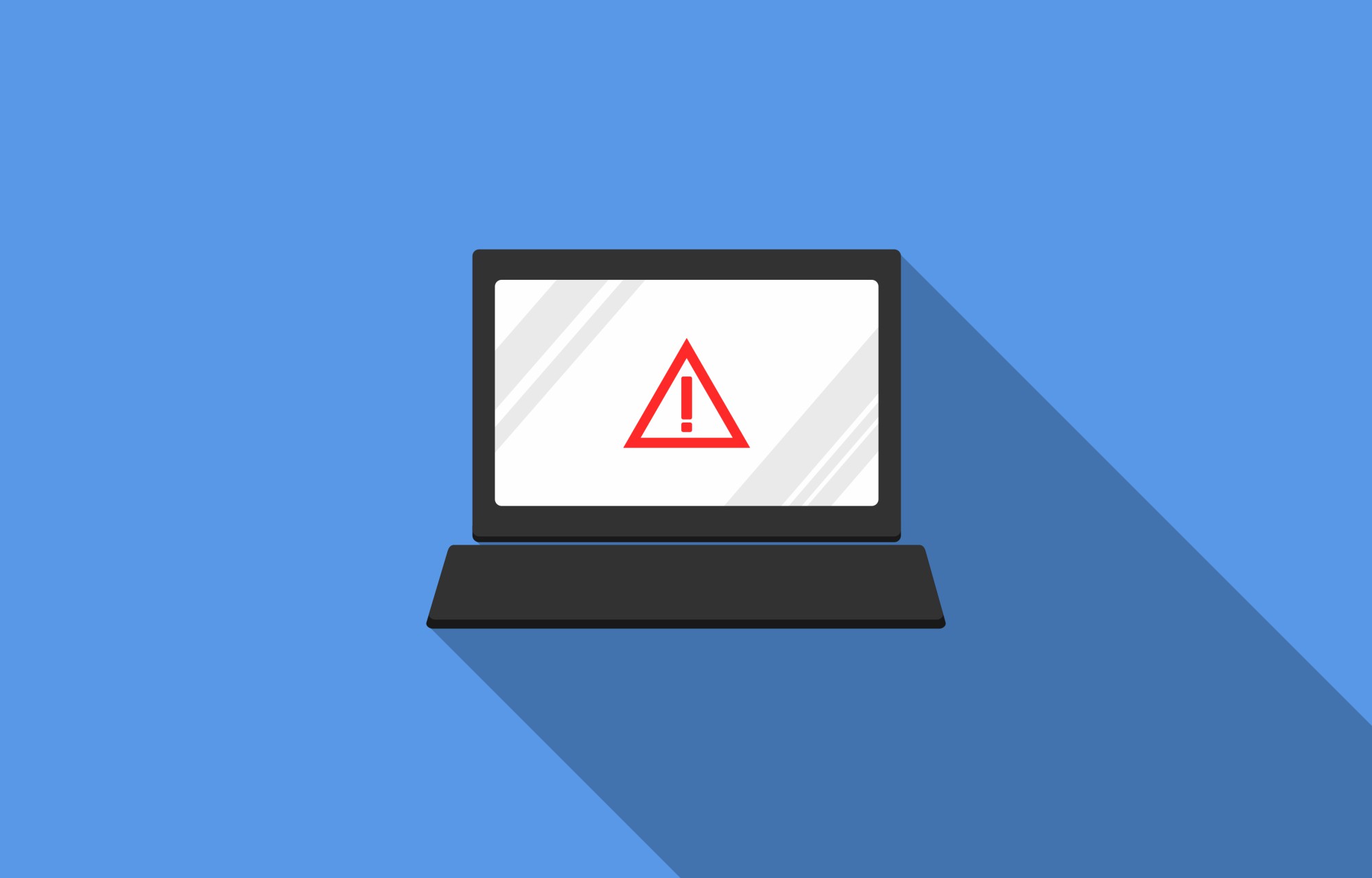Did you know that groups using destructive malware increased in 2018? It’s more important now than ever before to learn how to avoid being hacked and keep your data safe.
However, with cybercriminals getting smarter and smarter, viruses may still seep through the cracks. Malware, which is short for malicious software, is a specific type of virus that is designed to access or damage someone’s computer, network, or service.
If you think you may be dealing with malware, you need to act fast.
Keep reading to learn how to get rid of a computer virus with ease.
Identify Your Virus
Before you can start defeating the virus, you first need to know what you’re dealing with. Here are some signs that you have a virus caused by malware on your computer:
- You have lost admin privileges
- Your apps and computer crash randomly
- The computer is using a lot of resources when idle
- Weird pop-ups are coming out of nowhere
- You see software that you didn’t install
All of these indicate that a cybercriminal is trying to steal data or resources from your computer.
Install Antivirus Software
The malware may make this difficult, but it’s a good idea to attempt to install antivirus software if possible to prevent any new programs from being downloaded.
A lot of modern systems likely already have some type of antivirus software on them, like Windows Defender, but you can still choose a different vendor to download and install. Be sure that you’re always reading the instructions carefully when doing this and that you don’t have a conflict of two antivirus software programs running at once.
Go Offline
Disconnecting your computer from the internet is like cutting off the cybercriminal from their score altogether, so you should do this next. Malware can’t share or send data when you’re not online.
You can do this by switching off the wifi, turning on Airplane Mode, or just unplugging the ethernet cable (depending on how you’re connected to the internet right now). If the malware is blocking your access to any of the functions, simply turn off your router or modem altogether.
Reboot in Safe Mode
If you don’t know how to do this safely, you can skip it. However, it can be helpful since Safe Mode is your system running at its bare minimum for operation. As a result, most malware won’t be able to start up at all when you reboot.
Here are some instructions to do that on modern Windows computers.
Run a Scan to Catch the Virus
Use your antivirus software and scan your computer fully so that it looks at all hard drive letters. Once the malware (the “threat”) is found, you can delete or quarantine it. If your program is suggesting a quarantine over a deletion, it is better to choose that option.
Take the time to delete any temporary files and clear your preferred browser’s cache as well at this point.
Talk to a Service Pro
Although it’s very tempting to try and remove the malware yourself, it’s best to let the professionals handle it. Removing viruses means that you need to know your operating system in and out, and you’ll have to head into the darkest corners of your system with comprehensive knowledge to really fight off the virus.
A mistake may end up destroying your computer altogether. If you need computer repair due to a mistake or an accident, however, you can still get help after the fact.
Now You Know How to Get Rid of a Computer Virus
All of these steps will help you properly handle a computer virus using the right anti-malware and antivirus software. If you’re dealing with a virus removal problem right now, talk to the pros about how to get rid of a computer virus and get professional assistance to avoid damaging your system.
If you found this article helpful, be sure to take a look at the rest of our blog.

